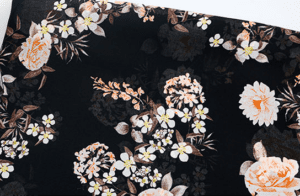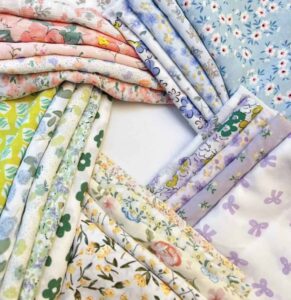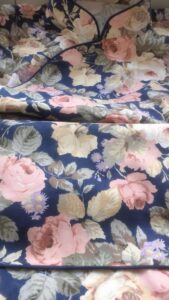The fashion industry is notorious for its heavy environmental impact. From the use of non-renewable resources to the pollution caused by textile manufacturing, the industry has a long way to go to become more sustainable. However, there are innovative solutions emerging, including the use of digital fabrics. In this article, we will explore the role of digital fabrics in reducing the environmental impact of the fashion industry.
Introduction
Digital printing on fabrics is a modern printing method that involves printing designs onto fabrics using digital technology. It differs from traditional printing methods, such as screen printing or block printing, which require physical stencils or blocks to transfer the design onto the fabric.
With digital printing, the design is created digitally using graphic design software and then printed directly onto the fabric using specialized inkjet printers. This method of printing allows for highly detailed designs and a wide range of colors to be printed onto fabrics with greater accuracy and precision.
Digital printing on fabrics is becoming increasingly popular in the fashion industry because it allows for greater customization and flexibility in design. It also reduces waste and pollution, as it requires less water, energy, and chemicals than traditional printing methods.
What Are Digital Fabrics?
Digital printing on fabrics is a modern printing method that involves printing designs onto fabrics using digital technology. It differs from traditional printing methods, such as screen printing or block printing, which require physical stencils or blocks to transfer the design onto the fabric.
With digital printing, the design is created digitally using graphic design software and then printed directly onto the fabric using specialized inkjet printers. This method of printing allows for highly detailed designs and a wide range of colors to be printed onto fabrics with greater accuracy and precision.
Digital printing on fabrics is becoming increasingly popular in the fashion industry because it allows for greater customization and flexibility in design. It also reduces waste and pollution, as it requires less water, energy, and chemicals than traditional printing methods.
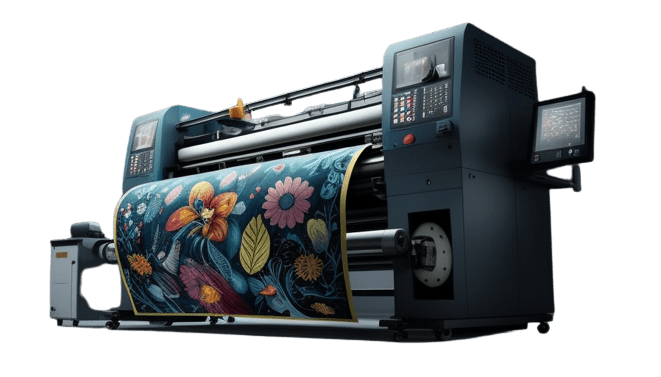
How Digital Fabrics Reduce Environmental Impact
Digital fabrics have several key advantages over traditional textiles that make them more sustainable. First and foremost, they can be produced using significantly fewer resources than traditional fabrics. This is because digital fabrics can be designed and printed on demand, eliminating the need for large-scale manufacturing facilities and the associated waste and pollution.
Reduced Waste: Digital printing on fabrics reduces waste by producing only the amount of fabric that is needed for a particular design, as opposed to traditional methods that require large quantities of fabric to be printed in advance.
Lower Energy Consumption: Digital printing on fabrics requires less energy than traditional printing methods, as it eliminates the need for multiple steps in the printing process.
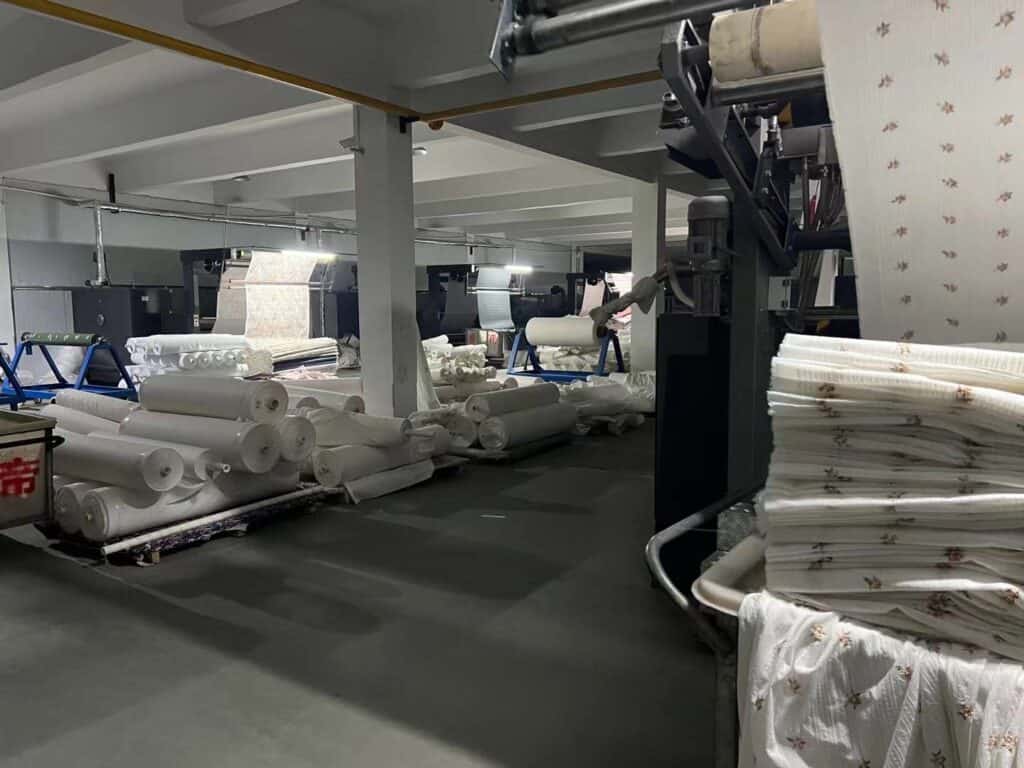
Reduced Water Consumption: Digital printing on fabrics requires less water than traditional printing methods, as it uses a dry printing process that does not require water for dyeing or washing.
Reduced Chemical Usage: Digital printing on fabrics reduces the amount of chemicals used in the printing process, as it uses water-based inks that are less harmful to the environment than traditional printing inks.
Recycling: Digital fabrics can be recycled into new fabrics and designs, reducing waste and promoting sustainability.
Digital Print Fabric Applications in the Fashion Industry
Customization: Digital printing on fabrics allows for greater customization of clothing designs, enabling designers to create unique and personalized designs for their customers.
Print-on-Demand: Digital printing on fabrics enables print-on-demand services, where a designer can create a digital print and have it printed on fabric only when it’s ordered by a customer. This reduces the waste of fabric and energy associated with producing large quantities of fabric in advance.
Rapid Prototyping: Digital printing on fabrics enables rapid prototyping of new designs, allowing designers to quickly and easily create and test new designs.

Small Batch Production: Digital printing on fabrics is ideal for small batch production, allowing designers to produce a limited number of pieces without incurring high production costs.
Complex Designs: Digital printing on fabrics enables the production of complex and intricate designs that are difficult or impossible to achieve with traditional printing methods.
Sustainable Fashion: Digital printing on fabrics reduces waste, energy consumption, water usage, and chemical usage in the production process, making it an eco-friendly alternative to traditional printing methods.
The Future of Digital Fabrics in the Fashion Industry

The use of digital fabrics in the fashion industry is still in its infancy, but the potential benefits are significant. As the technology continues to develop, we can expect to see more sustainable and innovative applications of digital fabrics in the fashion industry.
One of the most exciting developments in this area is the creation of digital fabrics that can biodegrade after use. These fabrics are made from materials that can break down naturally over time, reducing the amount of waste generated by the fashion industry.
The global digital textile printing market size was valued at USD 2,669.9 million in 2022 and is expected to expand at a compound annual growth rate (CAGR) of 14.4% from 2023 to 2030.(Data quoted from here)
Conclusion
The fashion industry has a significant environmental impact, but new technologies like digital fabrics offer hope for a more sustainable future. Digital fabrics have several key advantages over traditional textiles, including their ability to be produced using fewer resources, their use of renewable energy sources, and their recyclability. As the technology continues to develop, we can expect to see more innovative and sustainable applications of digital fabrics in the fashion industry.




















